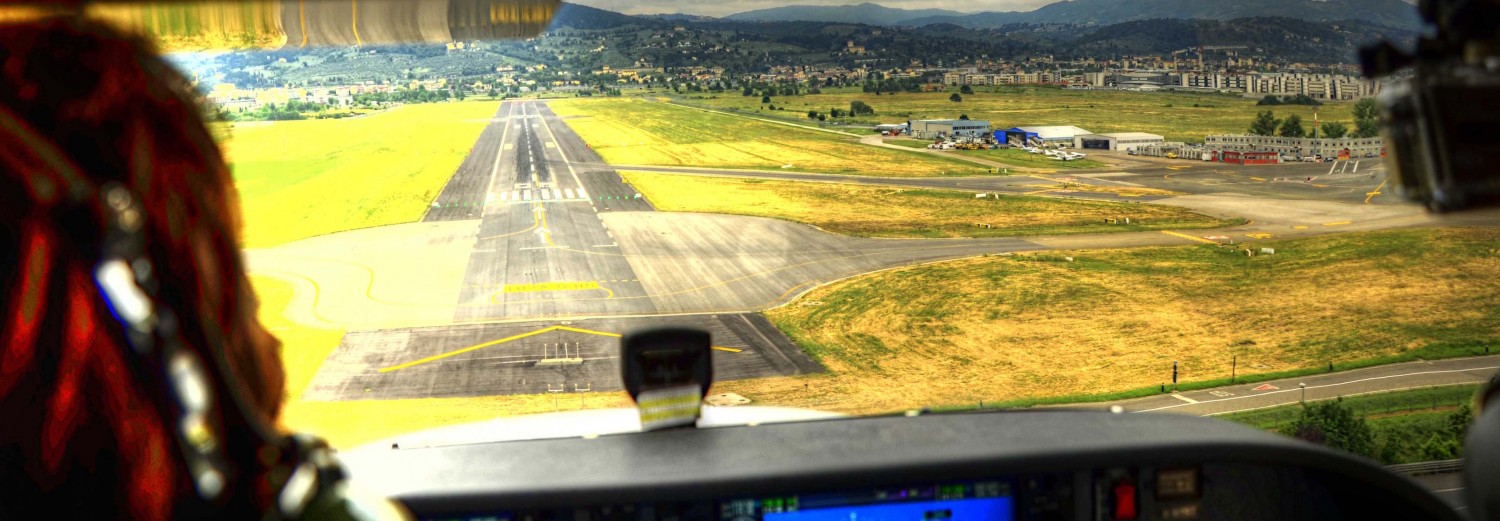
How can we reduce the risk of impairment and maintain our medical airworthiness? Let’s introduce each issue and see how it can affect us. Keep in mind that virtually every one of the following situations can exist at the same time, compounding the cumulative effects. Each impairment, viewed separately, may be no big deal, but combined? Then it’s a different story, one we must be concerned about or face the consequences of our oversight or overconfidence.
Let’s see some of the more common conditions that can impair an aviator or flight crew and make them less than airworthy.
–Hazards at altitude
This is a true story.
An airline captain, very professional and experienced, had the added responsibility of checking out newly purchased aircraft before acceptance by the company. Part of that checkout was to evaluate “engine-out” performance, with one scenario being a loss of cabin pressurization. The day after one of these checkout flights, he called the flight surgeon, very concerned that he had had a stroke, because he had experienced dizziness, blurred vision, weakness, and generalized discomfort. He explained the doctor that it occurred during the engine-out sequence. Asked what the cabin altitude was at the time, he stated “only about 15000 or slightly more, no big deal. Should I come in?
He didn’t have to. He was symptom-free when he called, and he was hypoxic in the aircraft. The scary part was that he didn’t recognize the symptoms. This pilot didn’t have a military background, which requires aviators to get altitude chamber “flights” at regular intervals, designed to help flyiers recognize their personal symptoms of hypoxia.
The problem with hypoxia is that few aviators respect how it can impair mental and physical performance, without even knowing there is impairment. Fatigue, visual disturbance, poor reaction time, a feeling of diminished motivation, or an attitude of being willing to accept a less-than-safe situation are common. By the time hypoxia is recognized, it probably too late because the pilot is unable or unwilling to take corrective action. Other altitude-related problems that can evolve into incapacitation are sinusitis, congestion, hay fever, allergies ..
But how much this problems can affect your medical airworthiness to an unsafe degree? There is no straight answer, but you, as the individual flyer, must know how these disorders affect you.
–Orientation
Mention the word orientation to a pilot and the word disorientation immediately comes to mind. Furthermore to a pilot, disorientation is normally equated with spatial disorientation (SD), when, in fact, SD can be subdivided into different types. The danger of orientation problems is greatest when we are negatively affected by other physical problems, and it can be a killer.
(to be continued)

Come possiamo ridurre il rischio di essere fisicamente menomati rendendoci inabili ai comandi di un aereo? Vediamo in dettaglio ogni singolo elemento che ci può incapacitare, tenendo conto che ciascuna delle seguenti situazioni può insorgere contemporaneamente, generando un effetto cumulativo amplificandone gli effetti. Ogni singola incapacitazione se presa singolarmente può non avere effetti dirompenti, ma combinati può essere molto diverso..
Vediamo quali sono le condizioni più comuni che possono incapacitare un pilota rendendolo non più idoneo ai comandi di un aereo.
–Pericolo in quota
Questa è una storia vera.
Un pilota di linea con molte ore all’attivo era stato incaricato di verificare l’idoneità degli aerei acquistati prima che questi entrassero in servizio. Parte di questi controlli servivano a verificare le prestazioni in caso di piantata motore in uno scenario che prevedeva una perdita di pressurizzazione in cabina. Il giorno seguente a uno di questi collaudi sentì il bisogno di consultarsi con un medico poichè aveva provato sensazioni di debolezza, vertigini, malessere in generale. Spiegò al medico che tali malesseri erano insorti durante la sequenza della piantata motore. Alla domanda a quale altitudine si erano verificati rispose “15000 piedi forse più“.
Non era necessario che il medico indagasse oltre, i sintomi erano spariti, era chiaro che si era trattato di ipossia. Il pilota non aveva riconosciuto i sintomi e non avendo ricevuto un addestramento militare era incapace di riconoscerne i sintomi.
Il problema è che pochi piloti sono davvero in grado di comprendere gli effetti della diminuzione delle capacità fisiche e mentali, spesso neanche di riconoscerne i sintomi. Fatica, disturbi visivi, assenza di reazioni, accettazione di situazioni a rischio. Una volta riconosciuti, è già probabilmente tardi poichè il pilota ormai è incapacitato ad apportare azioni correttive. Altri problemi legati alla altitudine che posso generare incapacitazione sono sinusiti, congestioni, febbre da fieno, allergie..
Ma a quale livello questi malesseri possono incapacitarti alla conduzione di un aereo? Non può esserci una risposta, come pilota devi essere in grado di riconoscere quanto questi malesseri possono pregiudicare la sicurezza del volo.
–Orientamento
In aviazione la parola orientamento richiama immediatamente al disorientamento, e questo per un pilota è spesso associato a disorientamento spaziale che può essere di vari tipi. Il pericolo maggiore è quando questo è affetto da altri problemi fisici, in questo caso può diventare fatale.
Flying towards the sea.

